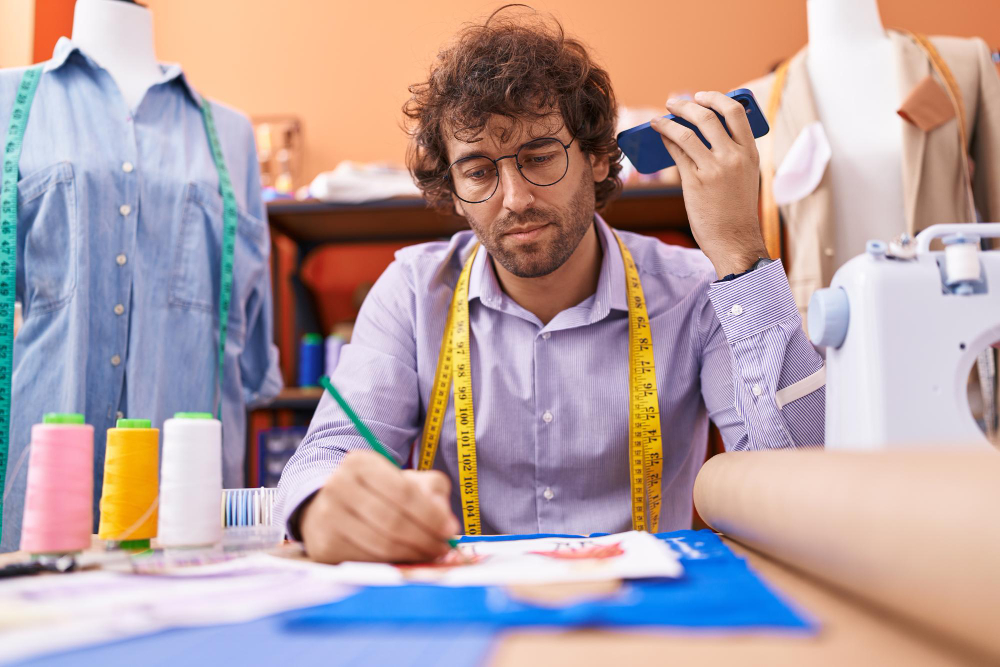
To understand the garment industry, it’s essential first to define what a garment is. A garment, also known as apparel or clothing, refers to any item worn on the body, such as shirts, pants, or sweaters. Garments can also serve specific functions, like fire resistance or cut resistance. Apparel is a broader term that includes clothing and items like shoes and hats.
Apparel engineering encompasses various technologies, each contributing uniquely to garment production. The garment industry is complex and, alongside the textile industry, involves converting fibres into yarn and fabric. One of the oldest and largest industries, this sector provides significant employment opportunities and showcases global manufacturing growth. It offers a wide range of garments, from mass-market to high-end fashion. The industry uses a combination of functional and line organisational structures, with many garment-buying houses in Bangladesh to facilitate the process.
The garment manufacturing process involves multiple steps, from order receipt to shipment of the finished products. An apparel manufacturing flow chart helps illustrate how raw materials are transformed into wearable garments. The primary task is to create garment structures from flat fabrics to fit the human body.
Here is an overview of the various departments or sections in the apparel industry:
1. Merchandising: This crucial process involves planning, developing, executing, and dispatching buyer orders. It includes marketing merchandising, which focuses on product development, costing, and ordering, and product merchandising, which manages all responsibilities from sourcing to finishing within the apparel unit.
2. Sampling Department: This department works with merchandising and production to preview the finished product’s appearance and fit. It helps identify discrepancies in the pattern according to buyer specifications and calculates fabric, thread, and accessory consumption.
3. Fabric Sourcing: This department decides where and how fabrics are procured, coordinating with merchandising to ensure timely and cost-effective delivery of garments.
4. Purchasing Department: Unlike sourcing, which focuses solely on fabrics, the purchasing department also handles sourcing accessories and trims.
5. Fabric Inspection Department: This team identifies and analyses fabric defects using standard methods and selects fabric according to the accepted quality level (AQL) of 1.5.
6. Accessory Stores Department: This department manages the receipt and documentation of merchants’ raw materials and accessories.
7. Planning Department: Upon receiving orders, this department conducts pre-production meetings and assigns styles to specific lines. It estimates order quantities, plans cut dates (PCD), and breaks down operations.
8. Laboratory Department: This department is equipped with essential testing instruments and test fabrics and accessories. If specific tests are unavailable in-house, samples are sent to external, authorised laboratories.
9. Machine Maintenance: Proper machine maintenance prevents undesirable garment quality. This department focuses on reducing breakdowns and increasing machine lifespan through preventive maintenance.
10. CAD Section: This department handles garment design tasks in prominent industries, including determining cutting averages, creating efficient cutting markers, developing and altering patterns, and digitizing patterns.
11. Cutting Section: This department receives cutting orders from the production manager, including information on sampling averages, garment weight, design, and fabric requests. It plans markers and manages cutting according to the specified details.
12. Production Department: This department handles garment style, required operators, daily targets, and production quantity breakdowns. It requests cut parts and checks the assembled garments for shade matching and measurements.
13. Industrial Engineering Section (IE): A newer addition, this department coordinates with various sections to provide comprehensive plans for garment manufacturing, including thread and trim consumption criteria and operator skill categorization.
14. Embroidery Department: This department handles embroidery tasks only when required by the garment style, using samples and style details provided by merchandisers.
15. Fabric Washing Section: After assembling and inspection, garments are sent here for washing or finishing according to the specification sheet.
16. Quality Assurance Department: This department ensures quality control at different manufacturing stages, including pre-production, cutting audits, and sewing units.
17. Finishing Department: This department handles trimming, inspection (per AQL 2.5), pressing, tagging, and packing garments in cartons or poly bags, the final stage before packing and dispatch.
In conclusion, the apparel industry in Bangladesh is a multifaceted sector that relies on a well-coordinated system of departments and processes to transform raw materials into finished garments. Each department, from merchandising and fabric sourcing to quality assurance and finishing, plays a crucial role in ensuring that garments meet both design specifications and quality standards.
Understanding the distinct functions and responsibilities of these sections highlights the complexity and efficiency required to succeed in garment manufacturing. This intricate process not only underscores the industry’s significant role in global manufacturing but also emphasizes the importance of teamwork and precision in delivering high-quality apparel.


